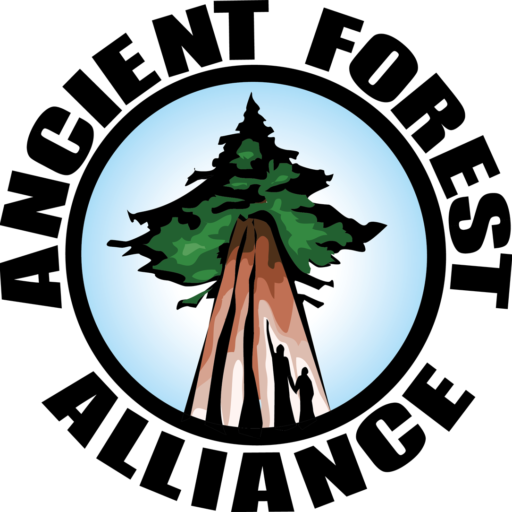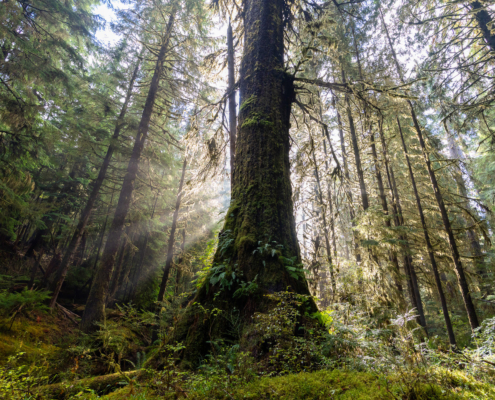
Help AFA raise $250,000 by December 31st – we’re over halfway there!
Support the protection of old-growth forests in BC through Indigenous-led conservation, science, and public action. Donate to help safeguard ancient forests.
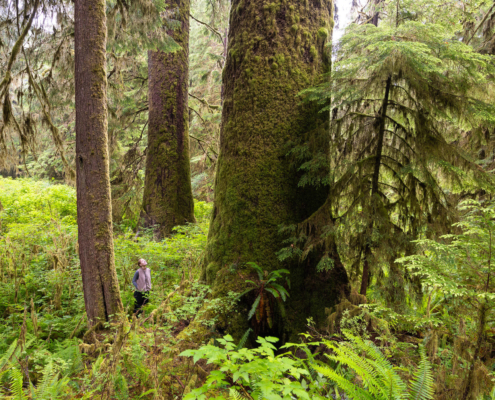
Thank You to Our Silent Auction business Donors!
Thank you to these local businesses for generously donating items and experiences to our first-ever online Silent Auction!
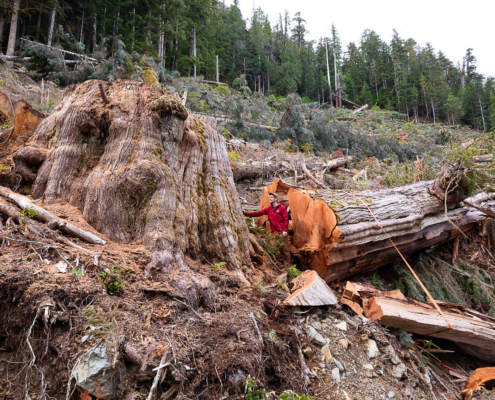
Statement on the Provincial Forest Advisory Council’s Interim Report – AFA & EEA
The Provincial Forest Advisory Council’s (PFAC) interim report falls short of addressing the root causes of BC’s forestry crisis or outlining the bold, decisive actions needed to reverse it, warn the Ancient Forest Alliance (AFA) and Endangered Ecosystem Alliance (EEA).

AFA’s online Silent Auction is now LIVE!
We’re excited to invite you to our first-ever online Silent Auction, happening now! This is your chance to bid on unique items, experiences, and gifts — all while supporting the protection of endangered old-growth forests in BC.
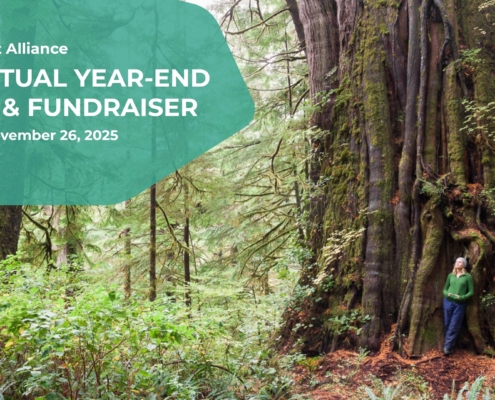
Join us: AFA’s 2025 Virtual Year-End Update & Fundraiser!
Join Ancient Forest Alliance for our virtual Year-End Update Fundraiser on Wednesday, November 26 from 7:00–8:00 pm PST.
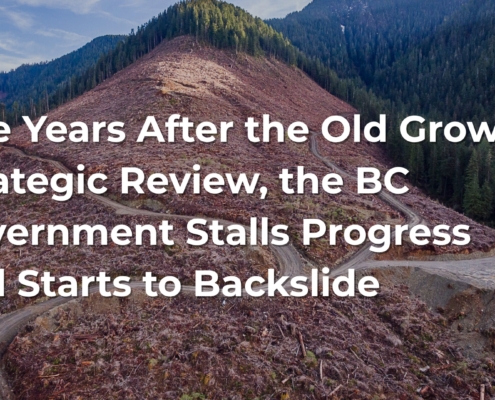
Infographic: 5 years after the Old Growth Strategic Review, the BC Government stalls progress and starts to backslide.
Here's what has happened in the 5 years since the Old Growth Strategic Review, and what the BC government still needs to do to ensure the full protection of old-growth forests in BC.
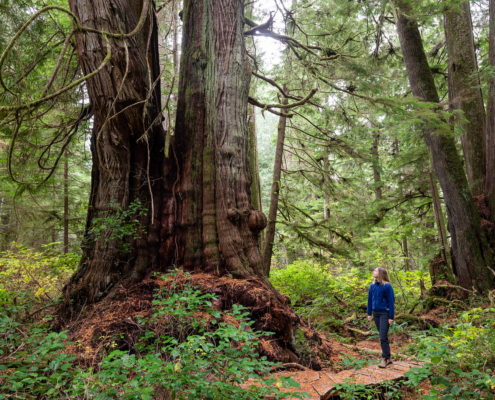
Thank you to our monthly business donors!
Thank you to our incredible business supporters who go above and beyond by making monthly contributions to the old-growth campaign.
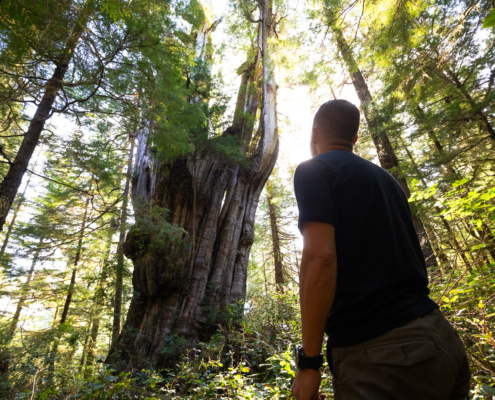
One-Year Anniversary of Clayoquot Sound Old-Growth Protections
History was made in Clayoquot Sound one year ago with the most significant expansion of old-growth protection in decades, when
the Ahousaht and Tla-o-qui-aht First Nation declared the protection of 760 km2 of land in 10 new conservancies.
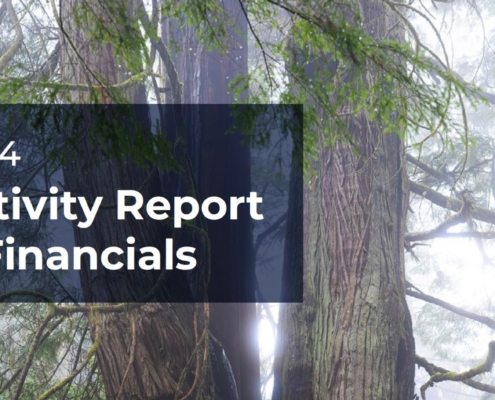
2024 Activity Report & Financials
Check out Ancient Forest Alliance's (AFA) Activity Report & Financials to find out what YOU helped us achieve in 2024.
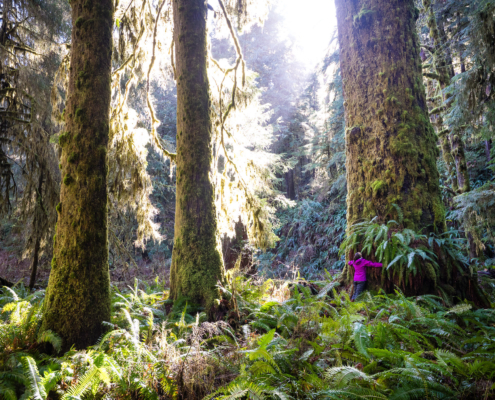
Happy International Day for Biological Diversity!
Diversity is a defining feature of old-growth forests, whose unparalleled structural complexity develops over centuries to provide habitats for thousands of species, many of which live nowhere else. Learn more about these incredible rainforest ecosystems and take action to protect them!
